TIMELINE
HISTORY OF MUSEUMS
1471
Capitoline Museums begin with a donation to the city of Rome by the Papacy (the oldest public collection of art in the world)
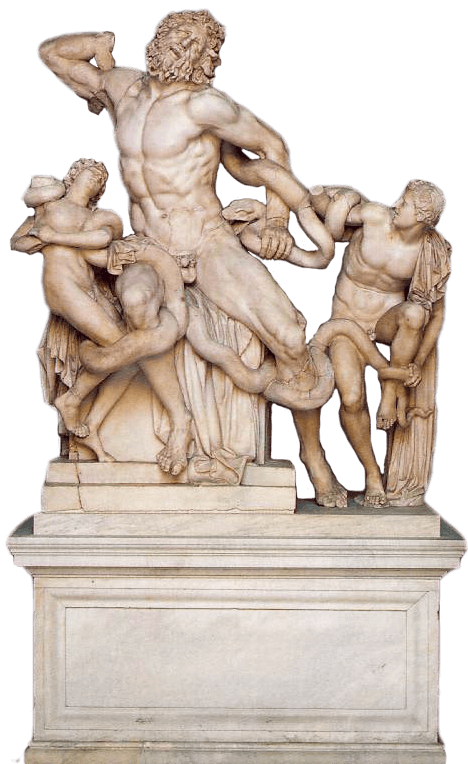
1506
Vatican Museums originate with the purchase of Laocoõn and His Sons and put on public display
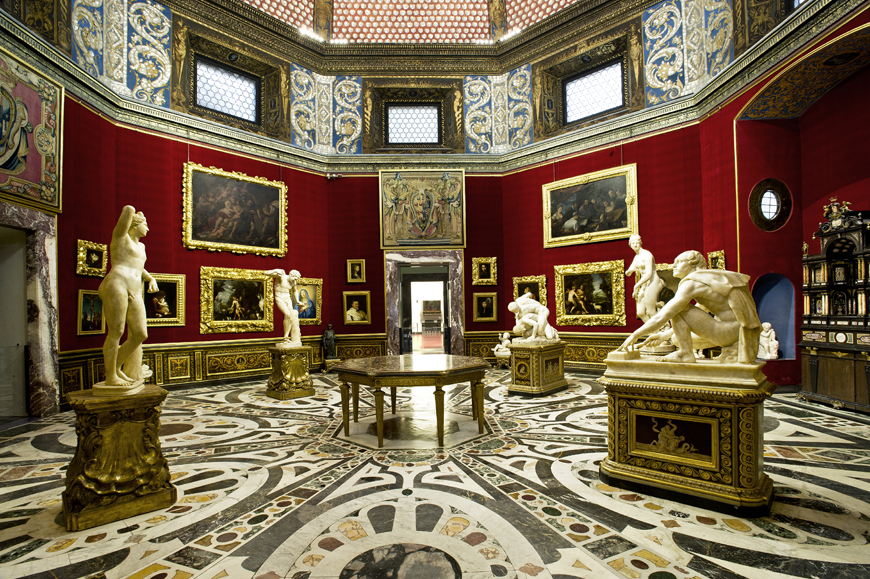
1581
Uffizi Gallery established
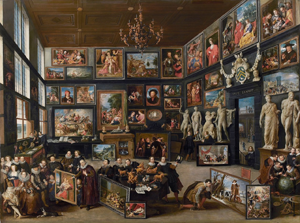
1628
The Gallery of Cornelius van der Geest
1667
First Salon de Paris
1671
Amerbach Cabinet opens in Basel (first and still existing public museum in the world
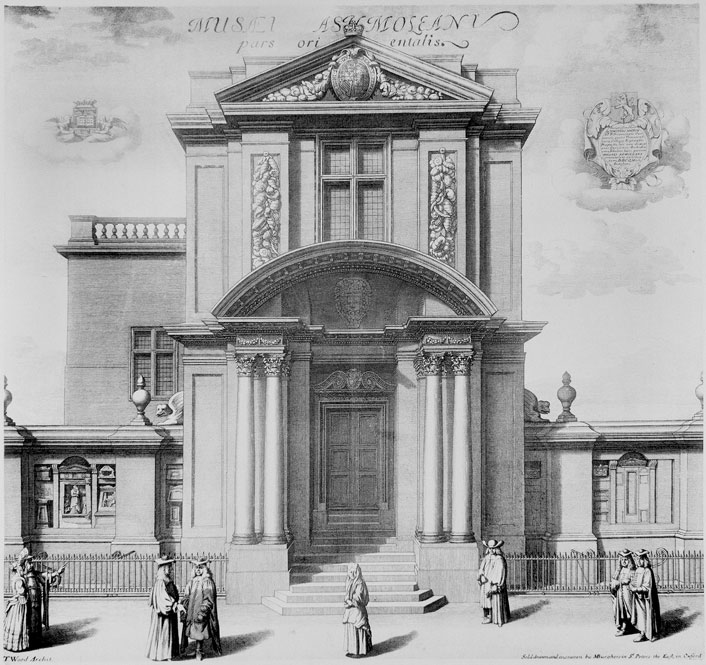
1683
Ashmolean Museum opened
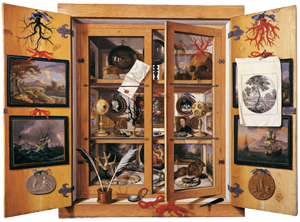
1690
Cabinet of Curiosities
1694
Musèe des Beaux-Arts et d’archèologie in Besancon established after Abbot Baptiste Boisot gave his personal collection to the Benedictines in order to create a public museum
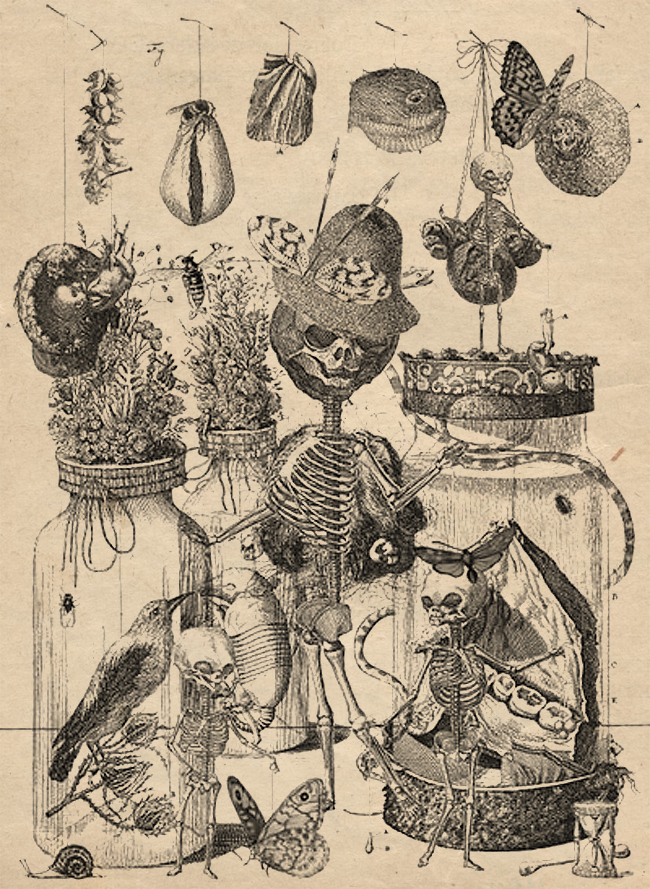
1710
Frederik Ruysch’s Museum
1727
Kunstkamera opens to the public in Kikin hall in St Petersburg
1743
Uffizi Gallery opens to the public
1748
Salon de Paris becomes the major international art event (until 1890)
1750
Gallerie dell’Accademia opens in Venice
1759
British Museum opens to the public
1764
Hermitage Collection founded by Catherine the Great – required visitors to wear gala dresses until 1866
1779
The Bavarian Royal Collection (now Alte Pinakothek) opens to the public
1781
Belvedere in Vienna opens
1785
Museo del Prado founded by Charles III of Spain
1792
Louvre opens to the ‘common people’
1814
Dulwich Picture Gallery opens as the first purpose-built national gallery in Great Britain
1819
Museo del Prado opens to the public
1824
National Gallery London opens to the public
1830
Königliches Museum (now Altes Museum) opens
1855
Neues Museum opens
1863
Birth of Salon des Refuses
Edouard Manet’s The Luncheon on the Grass
1884
Museum of Fine Art Boston opens
1888
Paul Signet demands exhibits to be hung in a single row
1891
Kunsthistorisches Museum opens in Vienna
1895
First Venice Art Biennale
1906
White walls used for the Jahrhundert-ausstellung deutscher Kunst at the National Gallery in Berlin
1910
Pergamonmuseum opens
Klimt’s solo exhibition at Vienna Secession presents modern practice of white walls
1917
Duchamp submits Fountain to Society of Independent Artists Exhibition
1929
Museum of Modern Art founded
1934
Museum of Modern Art’s opening exhibition presents the white cube as the ‘international style’
1936
The Work of Art in the Age of Mechanical Reproduction
1937
Große deutsche Kunst-ausstellung in the Haus der deutschen Kunst in Berlin bears witness to the triumph of the white exhibition wall
1938
Duchamp’s installation of bags of coal in the Exposition international du Surrealisme in Paris. Challenged the auratic single-row hanging of exhibits
1943
Frank Lloyd Wright designs the Solomon R. Guggenheim (built between 1956-59)
1955
First Documenta
Ronchamp
1958
Louisiana Museum of Modern Art established in Humlebaek
1964
Arthur Danto’s ‘The Artworld’
Marshal McLuhan’s ‘Understanding Media’
1967
Susan Sonntag’s ‘Against Interpretation’
1968
End of Modern Art
Noam Chomsky’s ‘Language and Mind’
1969
Pierre Boudie’s ‘The Rules of Art’
Adorno’s ‘Aesthetic Theory’
1972
Harald Szeeman’s documenta 5 presents the exhibition as a work of art
1973
Jack Burnham’s ‘The Structure of Art’
1976
Brian O’Doherty’s ‘Inside the White Cube’
1977
Centre Georges Pompidou opens
1981
1983
Jean Baudrillard’s ‘Simulacra and Simulation’
1984
Venice Biennale under Director Maurizio Calvesi - Luigi Nono’s Promoteo installed in disused church of San Lorenzo
1989
1990
1994
Paul Virilio’s ‘The Vision Machine’
1995
100th anniversary of the Venice Biennale director Jean Clair opens Arsenale (formerly the home of Aperto fringe event for younger artists since 1980) and the Biennale expands beyond Giardini
1996
First Manifesta
1998
Nicolas Bourriaud’s ‘Relational Aesthetics’
2001
Lev Manovich’s ‘The Language of New Media’
2004
Miwon Kwon’s “One Place After Another”